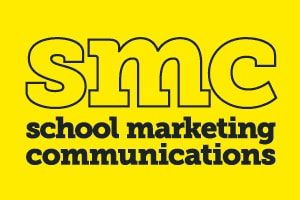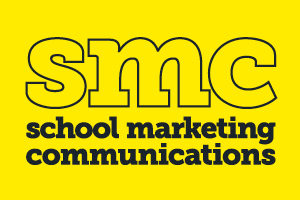School marketers spend valuable time writing, proofing and designing email campaigns to engage their clients. Once you have hit ‘send’ on the email campaign, it’s easy to think that the job’s done. However, it’s vital to take time to review and analyse the effectiveness of each campaign to ensure that it has been successful and to determine what improvements you can make to improve future campaigns.
School marketers, here are our top five email marketing metrics to help you measure the success of your email marketing campaign:
1. Click-through rate
How many people have clicked on one or more of the links that you have provided in your email? This will give you an idea how many parents were interested in the content in your email and wanted to learn more about the topic, your school or your offer. What were the most popular links and do you see a theme in what parents were most interested in?
2. Conversion rate
Conversion rate is mainly relevant in the area of inbound marketing. To ‘convert’ a reader you have most likely offered them the opportunity to download a free ebook, podcast, whitepaper, trial download or other resource that is valuable to them, and they have completed a form to download your offer. The conversion rate indicates how many people clicked on a link provided in your email and then filled in a form or made a step towards becoming a customer of yours. This figure shows how many people are actively engaged in what you are saying, liked what they saw when they clicked on one of your links and were willing to take the next step to find out more.
3. Open rate
How many people opened your email? In the past, school marketers used the ‘open rate’ figure to ascertain the success of their email campaigns. However, today this result can be unreliable as some email providers automatically open emails. It also does not show how engaged your readers have been in the content of your email; rather it shows how interesting your email subject title appeared to the reader. We still recommend watching your open rate as it is important to assess whether it has improved or declined over time. Look for obvious themes or topics that are consistently popular with your parents and create future content around these.
4. Bounce rate
How many of your emails did not reach their recipients? This figure is considered to be your ‘bounce rate’. There are two types of bounces – ‘hard’ bounces and ‘soft’ bounces. Soft bounces have either landed in the recipient’s spam folder or have not reached them due to a temporary issue. Hard bounces are due to fake or incorrect email addresses or accounts that are no longer active. These contacts should be removed from your contact list as internet service providers may see you as a spammer if you have a high bounce rate.
5. Churn rate (list growth)
It is important that your email list is growing, not declining. Look at the number of new subscribers and put these figures up against unsubscribes and any spam complaints you might have received. Your list will naturally decline over time (usually by 25 percent per year according to Hubspot), so it is important that you are networking and connecting with new contacts and generating new leads to maintain your list.







